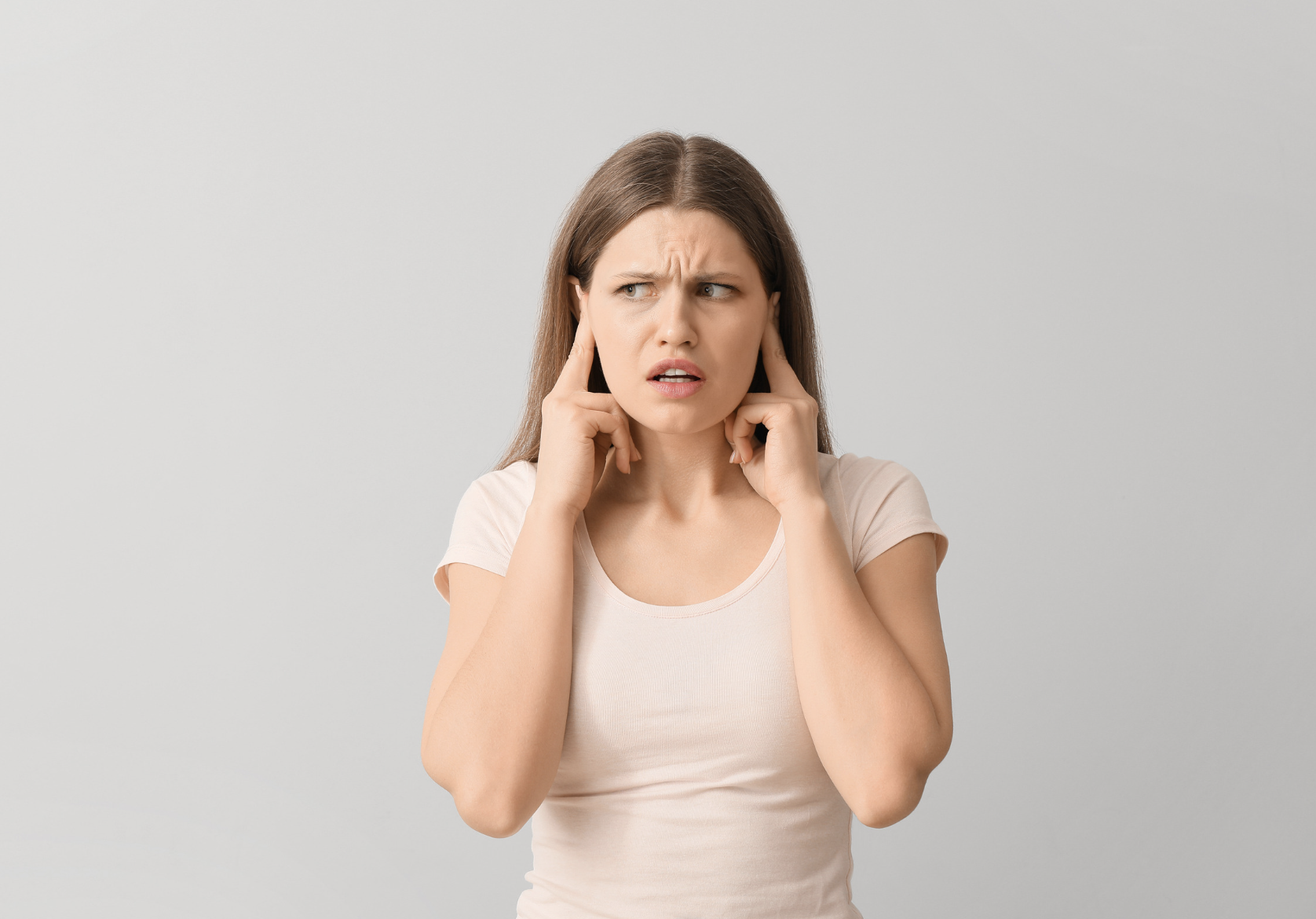Michigan’s recovery residences are facing increased operational and regulatory pressures. Shifts in funding models and new administrative priorities have forced many operators to adapt quickly to maintain compliance while keeping resident care at the center. For level 3 and level 4 recovery residences, the demand for a HIPAA compliant EHR has never been more urgent. Beyond meeting regulatory standards, the right system helps operators streamline operations, protect resident privacy, and track outcomes with accuracy—ensuring both accountability and quality of care.
Michigan Association of Recovery Residences (MARR) operators are taking a forward-thinking step by adopting Behave Health’s all-in-one behavioral health software. This purpose-built solution empowers operators across the state with secure, HIPAA-compliant tools that not only simplify operations but also elevate the standard of care.
Meeting the Needs of Level 3 & 4 Facilities
Level 3 and Level 4 recovery residences operate at the intersection of clinical care and residential support, requiring both structure and flexibility. These programs juggle complex demands—staff scheduling, clinical documentation, resident engagement, and compliance reporting—all while maintaining a therapeutic environment. Too often, facilities rely on a patchwork of disconnected tools, which not only drains staff efficiency but also increases the risk of errors and compliance gaps
Behave Health’s all-in-one platform was purposefully designed to unify these functions into a single system. From electronic health records to revenue management, administrators now have access to centralized tools that reduce administrative burden while strengthening accountability. For level 3 and 4 operators in Michigan, this means more time dedicated to resident care and less time spent toggling between siloed software systems.
Making a change to new software is often intimidating—especially when it comes to data migration, staff training, and budget concerns. Behave Health supports Michigan recovery residences throughout this process by managing secure and accurate data migration, delivering comprehensive onboarding for staff plus ongoing training via weekly office hours, and offering special reduced pricing; just call for details. This approach ensures every facility’s transition is as smooth and stress-free as possible, so teams can focus on resident care instead of operational headaches.
Outcomes Tracking with Precision and Compliance
With Michigan’s renewed emphasis on data-driven accountability following recent funding shifts, recovery residences are under increasing pressure to demonstrate impact. Behave Health’s outcomes tracking system equips operators with powerful tools to measure resident progress against the ASAM 4th Edition criteria and other evidence-based standards.
This outcomes-focused approach allows recovery housing professionals to show stakeholders measurable data about resident improvement without creating added paperwork for staff. Built-in reporting features make it simple to compile evidence for state, payer, and accreditation requirements, ensuring that Michigan operators are prepared for both today’s regulatory landscape and tomorrow’s standards.
Designed for Security and Scalability
In behavioral health, protecting sensitive information is non-negotiable. Behave Health was engineered with HIPAA compliance and advanced data safeguards at its core. Michigan recovery residence operators can access a secure platform that protects resident information while enabling authorized users to collaborate efficiently across teams and facilities.
Because the platform is designed for scalability, MARR operators can expand its use effortlessly as programs grow or requirements evolve. Whether overseeing a single residence or coordinating a statewide network, the system flexes to meet demand—delivering consistency, security, and ease of use at every level.
Improving Michigan’s Recovery Outcomes
Michigan’s recovery community plays a vital role in addressing substance use and behavioral health needs statewide, particularly during times of change and uncertainty. Behave Health’s software offers a foundation for stability, equipping operators with the tools they need to adapt to evolving funding structures, regulatory expectations, and community needs.
With Michigan MARR operators now integrating this all-in-one solution, recovery residences across the state can deliver even stronger outcomes. By simplifying compliance, streamlining workflows, and delivering actionable data, Behave Health supports facilities in sustaining their mission: creating safe, structured, and effective pathways to long-term recovery.
Ready to See the Next Generation of Recovery Residence Software?
Michigan recovery residence operators are invited to see firsthand how Behave Health’s all-in-one software can transform daily operations, make compliance stress-free, and give teams the actionable insights needed to support resident success. With advanced features for admissions, digital documentation, scheduling, secure messaging, billing, and robust outcomes reports—plus full HIPAA compliance and alignment with ASAM 4th Edition guidance—Behave Health delivers an unrivaled solution for Michigan’s level 3 and 4 recovery homes.
Whether running a single site or managing a statewide network, discover how this secure, comprehensive platform can help streamline your processes and improve resident outcomes. Explore the Behave Health platform today and find out how easy it can be to elevate your organization’s care and compliance.
Visit Behave Health for details, or schedule a demo to see how your facility can benefit.









